Heavy Metals in Chocolate: How to Eat This Superfood Safely
Written by:
Maia James
02/27/2023
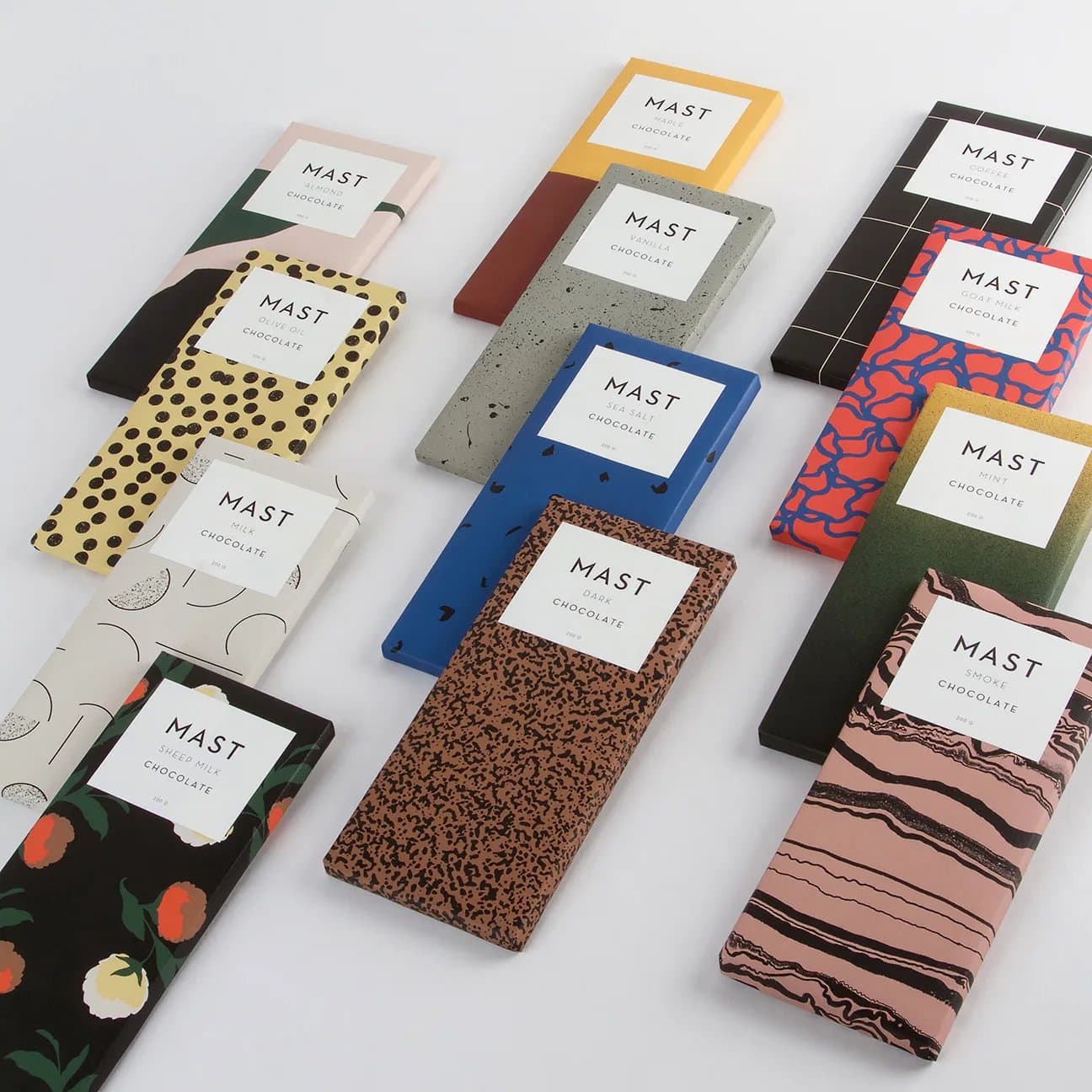
Updated: 04/03/2024
Looking for a different guide? Browse them all HERE.
With research by Michael Hopkins, PhD
Rich in polyphenols, the best dark chocolate deserves its “superfood” designation. Right now, many of us are worried about the recent Consumer Report that highlights the high levels of certain heavy metals in chocolate.
I turned to Dr. Michael Hopkins to help me sort through the alarming headlines–and to see if there is a way to enjoy chocolate safely!
Cocoa Versus Cacao
You’ve probably seen the word “cacao” when reading ingredient labels, and other times you’ve seen “cocoa.” The difference is actually pretty simple: cacao refers to the raw, unprocessed bean, and that becomes cocoa once it is roasted and otherwise processed.
Sometimes, labels will use the phrase “cocoa beans” rather than cacao, but these are functionally interchangeable.
When you see “cocoa” on a label, that often means there is added sugar or milk. You’ll want to look closer at these products to see if the cocoa is actually just roasted cacao or if there are added ingredients.
Heavy Metals in Chocolate
The two toxins flagged in the report were cadmium and lead. Dr. Hopkins’ research uncovered several important details about the source of these heavy metals in chocolate.
- Chocolate manufacturing operations are not the source of heavy metals in chocolate products. Non-cacao based ingredients used in chocolate formulations are not a significant source of cadmium or lead. In other words, the metals are coming from the cacao bean itself–more specifically from milled cacao nibs, which are the de-shelled portion of a cacao bean. The conversation is centered around dark chocolate, rather than chocolate more generally, because the former is high in cacao compared to the latter. Dark chocolate ranges anywhere from about 60% to 90% cacao by volume.
- This issue is not new; it’s something chocolate manufacturers have been struggling with for years. As You Sow, a nonprofit organization that promotes corporate social responsibility, has been independently testing chocolate for heavy metals and releasing their results since 2014. The study released by Consumer Reports in December comes on the heels of a four-years-long investigation by an expert committee. Their report explores how these heavy metals end up in chocolate products and ways to prevent such contamination.
- Europe has clear policies and limits on the presence of heavy metals in food, but the United States does not. The FDA has yet to establish specific limits on heavy metal contamination in finished food products– limits only exist for bottled water.
One of my favorite healthy chocolates is Villakuyaya
How Lead & Cadmium Get Into Chocolate
As mentioned above, cadmium and lead contamination are not the result of chocolate manufacturing processes. Each metal gets into the finished product through different means–and therefore the solutions to reduce each toxic metal differ.
Cadmium is taken up from the soil by the roots of cacao trees and transported into the beans. (This is similar to the way in which various heavy metals end up in rice and root vegetables, an issue that has also received a lot of attention in recent years.)
Over time, steps can be taken to reduce cadmium levels in soil, as well as prevent uptake of the heavy metals by plant roots. In the near term, experts conclude that remediation of the soil itself to reduce cadmium isn’t practical at scale. Therefore, the “only feasible strategy” provided by the panel of experts is for manufacturers to mix high cadmium cocoa with lower cadmium cocoa to bring down the concentration in the finished product.
As for lead, this metal makes its way into the cacao after its been harvesting, during the handling of the wet beans.
Fresh cacao beans are very sticky. After being removed from their pods, they must be fermented and dried. During this phase, the beans can come into contact with soil via direct contact with the ground or exposed surfaces like open patios, drying tables, plastic tarps, and bags/drying containers. Particles are also deposited on the wet beans from dust in the air, which may contain high concentrations of lead from exhaust produced by nearby equipment or automobiles.
Since lead contamination happens after harvesting, chocolate producers have more control in its prevention. Experts suggest that manufacturers work with cacao farmers to implement practices that reduce wet cacao bean contact with soil or environmental dust particles.
Which Chocolate Brands Are the Best & Worst?
Consumer Reports tested 28 dark chocolate bars for lead and cadmium. They used California’s maximum allowable dose levels for lead (0.5 mcg) and cadmium (4.1 mcg) to highlight the best and worst brands, which are as follows.
The brands found to have the lowest levels of heavy metal contamination are:
- Mast Organic Dark Chocolate (80% cocoa)
- Taza Organic Chocolate (70% cocoa)
- Ghirardelli Intense Dark Chocolate/Twilight Delight (86% and 72% cocoa, respectively)
- Valrhona Abinao Dark Chococlate (85% cocoa)
- Villakuyaya Organic Dark Chocolate Single Origin (100% cocoa)
The brands found to have the highest levels of heavy metal contamination are:
- Theo Organic Pure Dark/Extra Dark (70% and 85% cocoa, respectively)
- Trader Joe’s Dark Choc Lover’s (85% cocoa)
- Lily’s Extremely Dark (85% cocoa)
- Green & Black’s Organic Dark Chocolate (70% cocoa)
Our Top Picks for Dark Chocolate
Of the products highlighted in the report for having the lowest cadmium and lead contamination, my top pick is Mast, and Dr. Hopkins agrees. Not only was Mast found to have the lowest overall heavy metal content, but the ingredient list is the cleanest: these bars contain just organic cocoa beans, organic cane sugar, and organic vanilla beans. Mast is also non-GMO, gluten free, and kosher–and I like that they list the country of origin for their cacao (Tanzania).
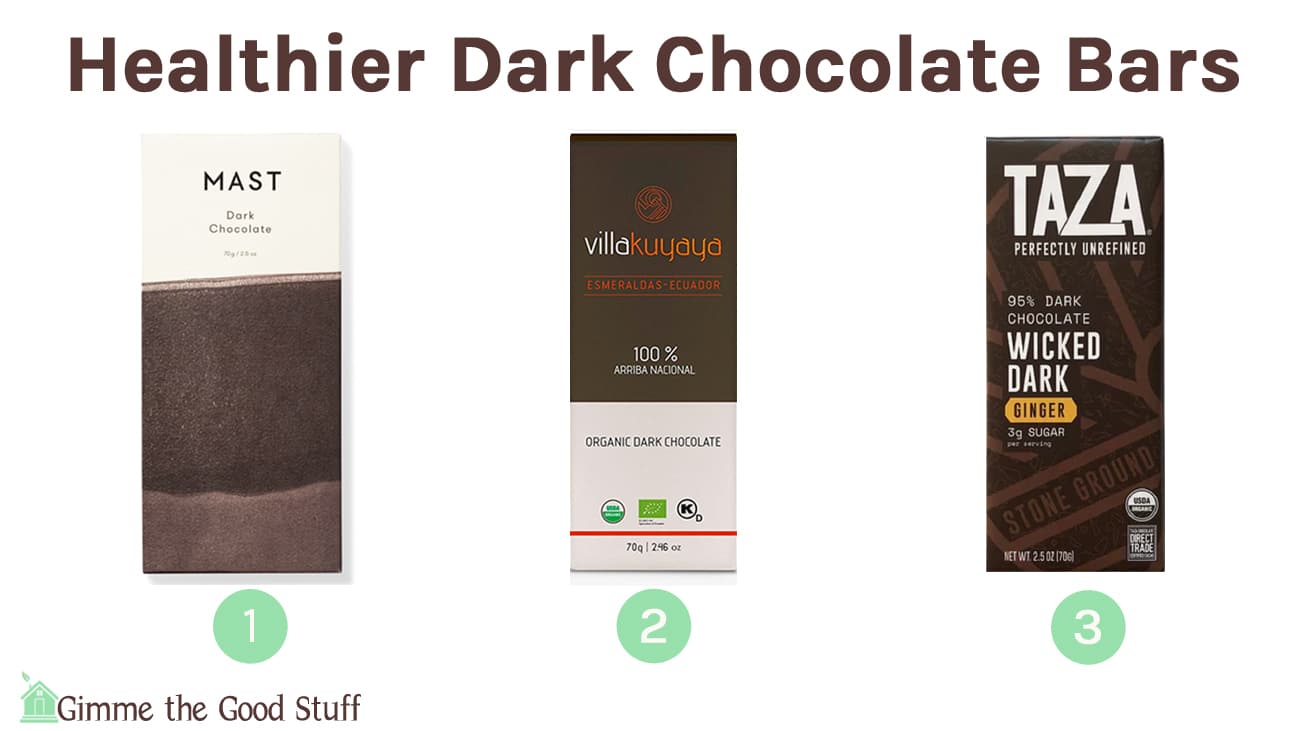
Mast / Villakuyaya / Taza
Taza comes in second place with slightly higher levels of lead, but still an ideal ingredient list consisting of only pure cocoa and organic cane sugar. Taza bars are also certified organic, Direct Trade Certified, non-GMO, gluten free, Kosher Pareve, dairy free, soy free, and vegan. We were not able to find the country of origin for Taza’s cacao.
We also like Villakuyaya organic chocolate, and the founder, Tania Molina, was happy to share information about the quality control measures in place within her brand. Tania works directly with organic farmers in Esmeraldas, Ecuador, to source her cacao, and she confirmed that batch testing for heavy metals is an important part of her chocolate production. To minimize lead contamination, cacao beans at Esmeraldas are fermented in closed wooden boxes and then moved to large tables to dry, which are covered to prevent dust from settling on the raw beans. Tania says that during her visits to Esmeraldas, shoes must be removed to prevent bringing outside contamination into the cacao processing facility. Tania tests the pure cocoa used for each batch and only accepts cocoa that meets the European standard (her chocolate is sold in both the United States and Europe). Tania provided us with recent certificates of analysis to demonstrate that her chocolate meets Europe’s guidelines.
Low-Metal Chocolate We Still Don’t Recommend
Valrhona and Ghirardelli are the other two brands that were recommended in the CR report, but we would call these brands only Okay Stuff. They lack any certifications (including USDA organic), and both brands contain an added binding agent–soy lecithin in Ghirardelli and sunflower lecithin for Valrhona.
Love the taste of chocolate? You will LOVE this organic lip balm
How to Eat Chocolate Safely
In addition to choosing chocolate brands that have been shown to have lower levels of heavy metals, there are a few things you can do to reduce your exposure to cadmium and lead. Besides just avoiding dark chocolate, you can:
- Eat a diverse diet. Heavy metals are naturally occurring in many healthful foods like rice, sweet potatoes, carrots, and spinach. The key here is variety and balance rather than trying to eliminate all traces of these contaminants in our diet.
- Choose chocolate with lower cocao. Because this contamination comes from the cacao itself, you can choose dark chocolate with a lower percentage of cacao (60% dark, rather than 80%, for example) or choose milk chocolate.
- Still go for organic. Organic chocolate is not a quick fix to this particular issue because the requirements for USDA organic certification will not eliminate these contaminants. However, we still recommend going with organic when given the choice, especially when you start considering milk chocolate with a longer list of ingredients.
- Opt for African chocolate. The CR report states that soil cadmium levels are typically higher in cacao beans from South and Central America, and lower in cacao from western Africa. Unfortunately, most chocolate bars don’t tell you their cocao’s country of origin, but if they do, you can opt for African bars.
- Sign a petition. If you’d like to take action beyond your own grocery cart, Consumer Reports has launched a petition calling on several companies with unacceptable levels of heavy metal contamination to remedy the situation. You can also put pressure on the FDA to implement more regulation around the presence of heavy metals in the food supply by signing this petition.
If you’re enjoying this guide, sign up for our Newsletter to be alerted when we publish or update our Safe Product Guides.
Final Thoughts on Dark Chocolate
Cacao (and by extension, dark chocolate) is a rich source of antioxidants, minerals, and vitamins. While the heavy-metal contamination is a big news story right now, the problem is not in fact new. For most people who consume dark chocolate as an occasional treat, the levels of cadmium and lead exposure are not cause for panic. Still, we think it’s reasonable to avoid the brands highlighted as “worst” in the original report and instead choose one of the recommendations above.
Stay sane,
Maia & Michael
Note: This article contains affiliate links or sponsored content, which means that if you make a purchase, we may earn a commission. We only recommend products that meet our strict standards for non-toxicity and that we use (or want to use!) ourselves. Thank you so much for supporting the brands that make Good Stuff!
Enjoying this guide?
Join 60K families who rely on our free guides on everything from milk to mattresses! Sign up to get $5 off your first order, access to our ultimate Clean Products Cheat Sheet, and ongoing exclusive access to coupon codes and promotions. Our weekly newsletter is filled with well researched tips and tricks to live a toxin-free lifestyle.
Related Posts
Healthy Store Bought Oat Milk Guide 2024
How To Avoid Drinking Toxic Tea
The Healthiest Organic Wine Brands We’ve Found
Healthy Yogurt Guide
3 responses to “Heavy Metals in Chocolate: How to Eat This Superfood Safely”
-
All well and good for chocolate bars, but what about contamination in cocoa powder which is used in smoothies?
-
Hello! Have you guys found a chocolate chip you feel is good stuff?
-
Hi Mriam,
Great question. Ghiardelli is one of the good ones and they make chocolate chips.
-


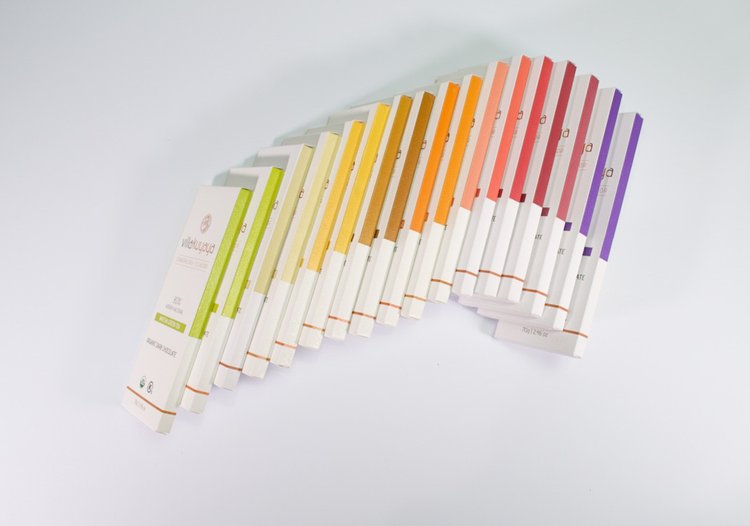
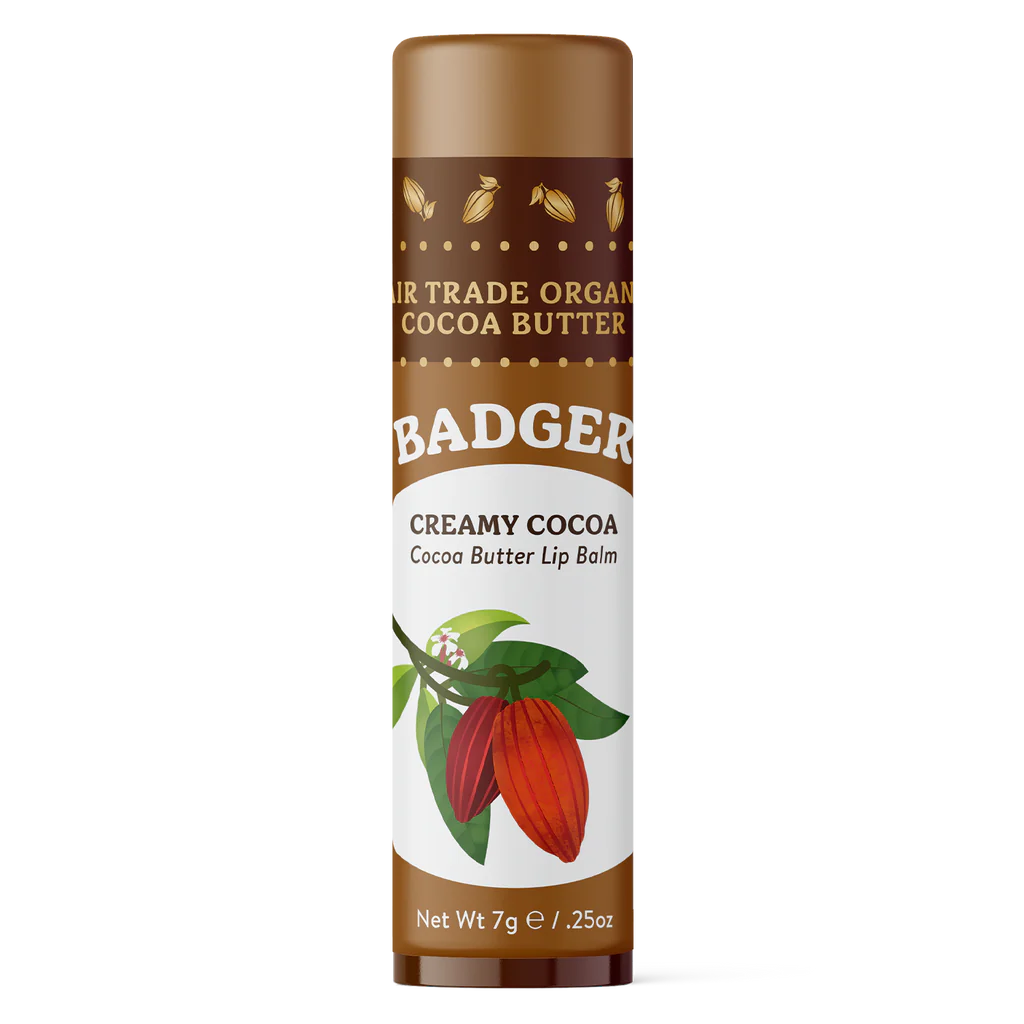
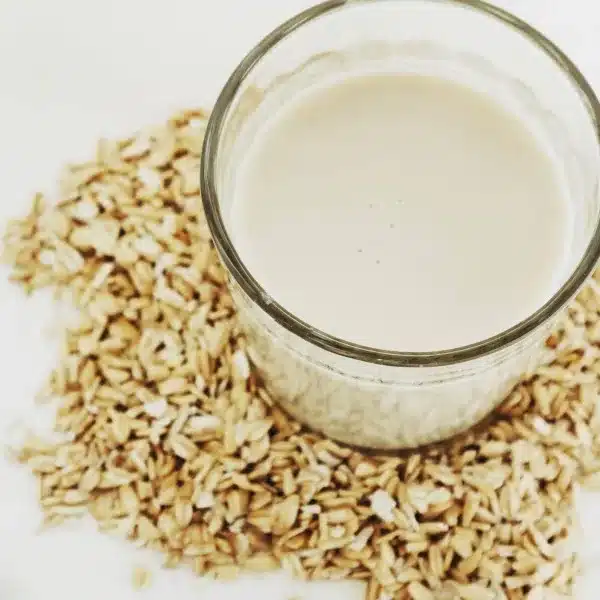
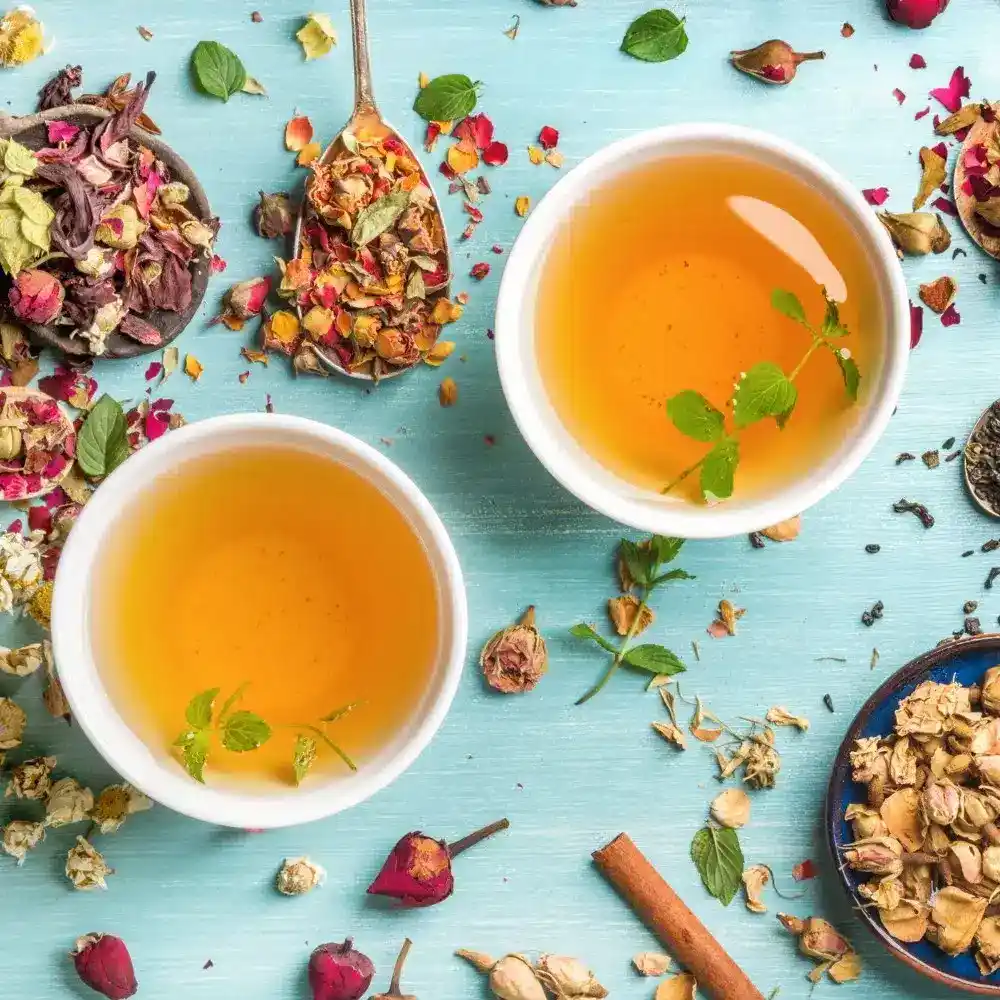


Leave a Reply
You must be logged in to post a comment.